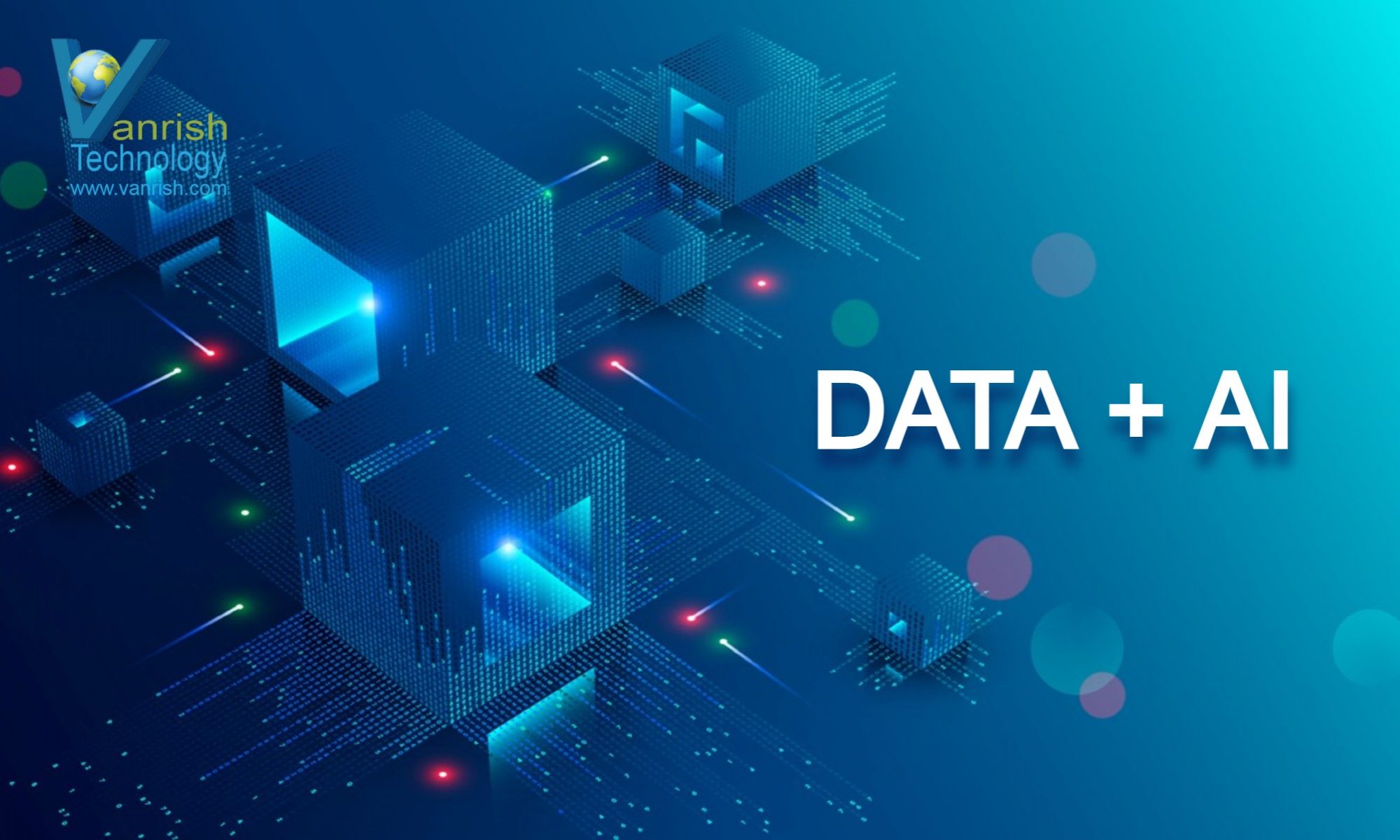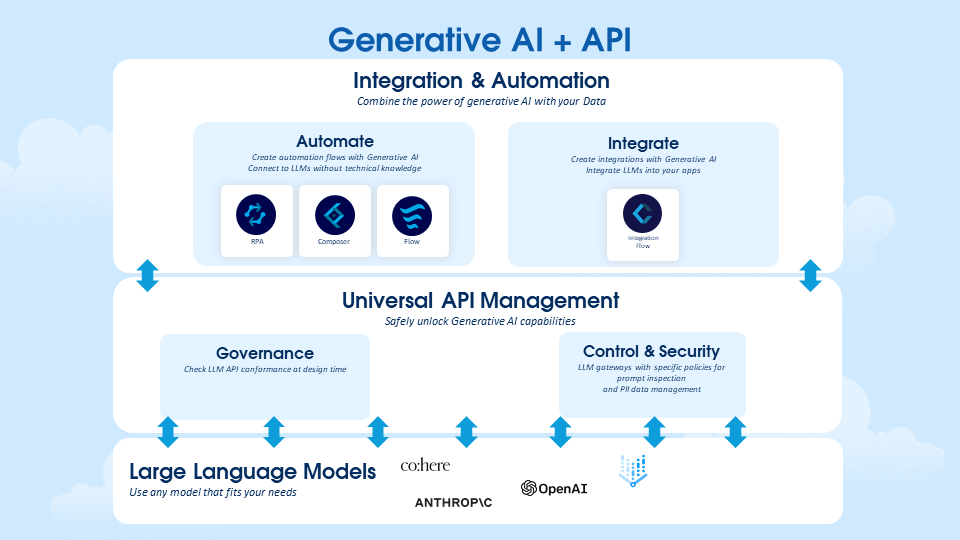The disruptive power of AI extends to every industry, opening up unlimited possibilities for new business opportunities. It turns imagination into reality, insights into action, and possibility into discovery. Generative AI is a type of AI that produces content such as text, audio, code, videos, images, or any other content based on prompts input by the user. Generative AI models use complex computing processes like deep learning to analyze patterns from large sets of historical data to create new business opportunities.
Generative AI is a one of the most promising technologies that can help the public sector to improve productivity and service quality. However, it is important to ensure that the technology is used responsibly and ethically.
Generative AI can enable the public sector to improve productivity and service quality. Generative AI has a wide range of applications in the public sector. It can be used to extract information and automate paper-based processing. It can also be used to automate repetitive and mundane tasks, enabling staff to take on higher value work, optimize resource allocation, and enhance decision making. It also uses to summarize large amounts of information from different sources, such as public health data and economic indicators, to identify patterns, trends, and correlations for Government to take decision in favor public.
Here are a few examples of tasks that Generative AI can perform in the public sector:
- Providing support to clients such as chatting, responding, and delegating task to correct department.
- Writing and editing documents and emails
- Coding tasks, such as debugging and generating templates and common solutions.
- Summarizing information.
- Research, translation, and learning
To ensure the responsible use of GenAI tools and maintain public trust , the public sector should align with the “FASTER” principles:
- Fair: Content should comply with human rights, accessibility, procedural and unbiased obligations
- Accountable: Content generated by these tools should make sure it is factual, legal, ethical, and compliant with the legal terms of use.
- Secure: In pub-sec security is paramount goal. Content generated by Generative AI should appropriate for the security classification of the information and privacy & personal information are protected. Compliance with PII data.
- Transparent: In Government sector, it is very important that your all procedural is transparent, and users know that they are interacting with an AI tool.
- Educated: It is very important to document the strengths, limitations, and responsible use of the Generative AI tools. It should also highlight; how to create effective prompts and to identify potential weaknesses in the outputs.
- Relevant: Generative AI tools should support user and organizational needs, contributes to improved outcomes and become relevant to society and business.
Since Generative AI has a wide range of benefits in the public sector, there are also some challenges associated with its use.
Here are Some of these challenges:
- Ethical dilemmas: Generative AI can be used to create deepfakes by manipulating videos and images. That can be used to spread misinformation and create confusion among public.
- Dependency on technology: Generative AI is dependent on the latest technology and underline system. It is based on how secure your data technology and how your data is communicating with AI models.
- Equity and accessibility issues: Generative automated certain task that led some job displacement. Which lead to accessibility and equity concern.
- Staff resistance to change: If Pub-Sec staff perceive Generative AI as a threat to their job then they may be resistance to change into Generative AI process.
- Project delays and failures: Generative AI projects are complex and time consuming. This may be delay or failure of project implementation.
- Regulatory issues: In Public Sector, data are fragmented which raises compliance and regulatory issue. This may be concerns about data privacy, security, and ownership.
- Cybersecurity risks: AI in the public sector raises cybersecurity risks. This may be concern about hacking, data breaches and other cyber threats.
API is helping GenAI to import the AI model and enable data for Generative AI. We can mitigate some of these risks by implementing API based approach for Generative AI in public sector.
Here are the few challenges in pub-sec Generative AI which is mitigated by API implementation.
- Security: According to recent finding Generative AI makes it easier for hacker to find and exploit vulnerabilities. If your Generative AI models are communicating with your organization data through API, it will mitigate vulnerabilities risk many folds. Government sector can implement strict control of their data in a number of ways like MFA or API access permission.
- Data control: Through API implementation in Generative AI, pub-sec can eliminate any data leakage and data abuse. Through API governance they can monitor data usage by Generative AI models. Government sector can also implement API rate limiting or IP restriction for any API to get tighter control on their sensitive data.
- Fairness and relevancy: Accuracy of Generative AI model or LLM are based on independent and relevancy of data. Generative AI models in pub-sec only work when Generative AI model follows compliances and relevant to use-case. API implementation does make sure data is relevant and independent for LLM. API also restrict any unwanted data for AI models and reduce processing time to cleansing unwanted data.
- Data Separation: APIs keep data separated from Generative AI Models or LLM (Large Language Model) implementation. This enable LLM to work on different set of data at the same time and enable faster innovation within government sector.
- Fast delivery: APIs enable faster delivery of generative AI models. During your development of LLM models you focus only on models not on data deliveries. This may enable two stream of development team. One team focus only on data delivery and second team can focus only on Large language models development. This may empower to team for faster project deliveries.
Public sector adoption on Generative AI is still in the early stages, but it needs to accelerate. This will enable faster public project deliveries and AI bot assistances.
Rajnish Kumar, the CTO of Vanrish Technology, brings over 25 years of experience across various industries and technologies. He has been recognized with the “AI Advocate and MuleSoft Community Influencer Award” from the Salesforce/MuleSoft Community, showcasing his dedication to advancing technology. Rajnish is actively involved as a MuleSoft Mentor/Meetup leader, demonstrating his commitment to sharing knowledge and fostering growth in the tech community.
His passion for innovation shines through in his work, particularly in cutting-edge areas such as APIs, the Internet Of Things (IOT), Artificial Intelligence (AI) ecosystem, and Cybersecurity. Rajnish actively engages with audiences on platforms like Salesforce Dreamforce, World Tour, Podcasts, and other avenues, where he shares his insights and expertise to assist customers on their digital transformation journey.




